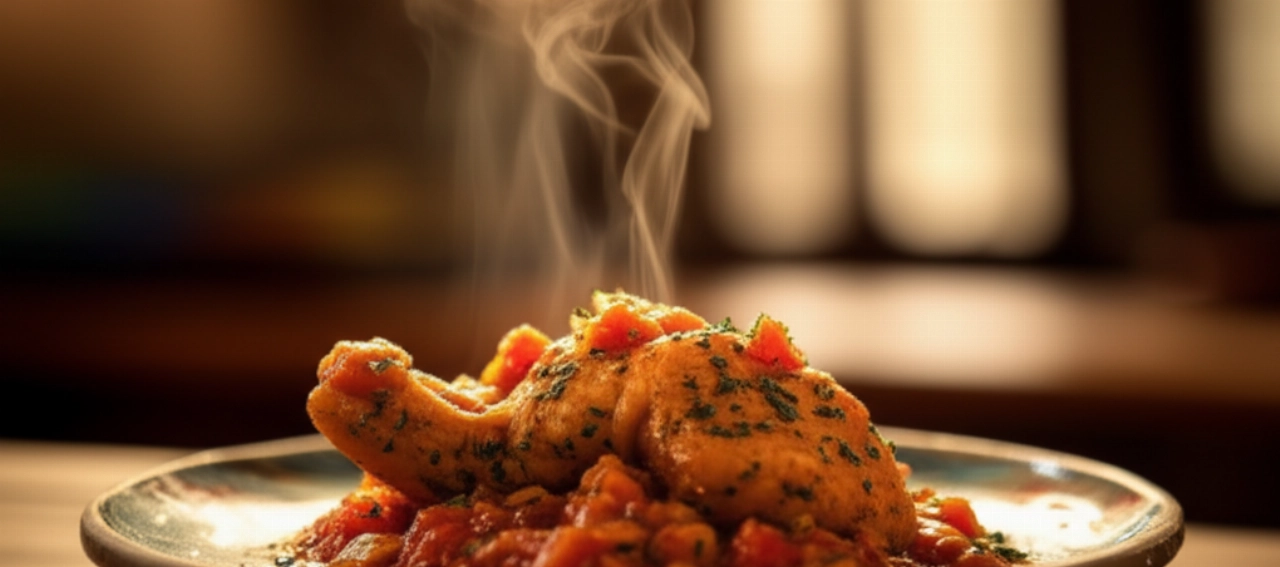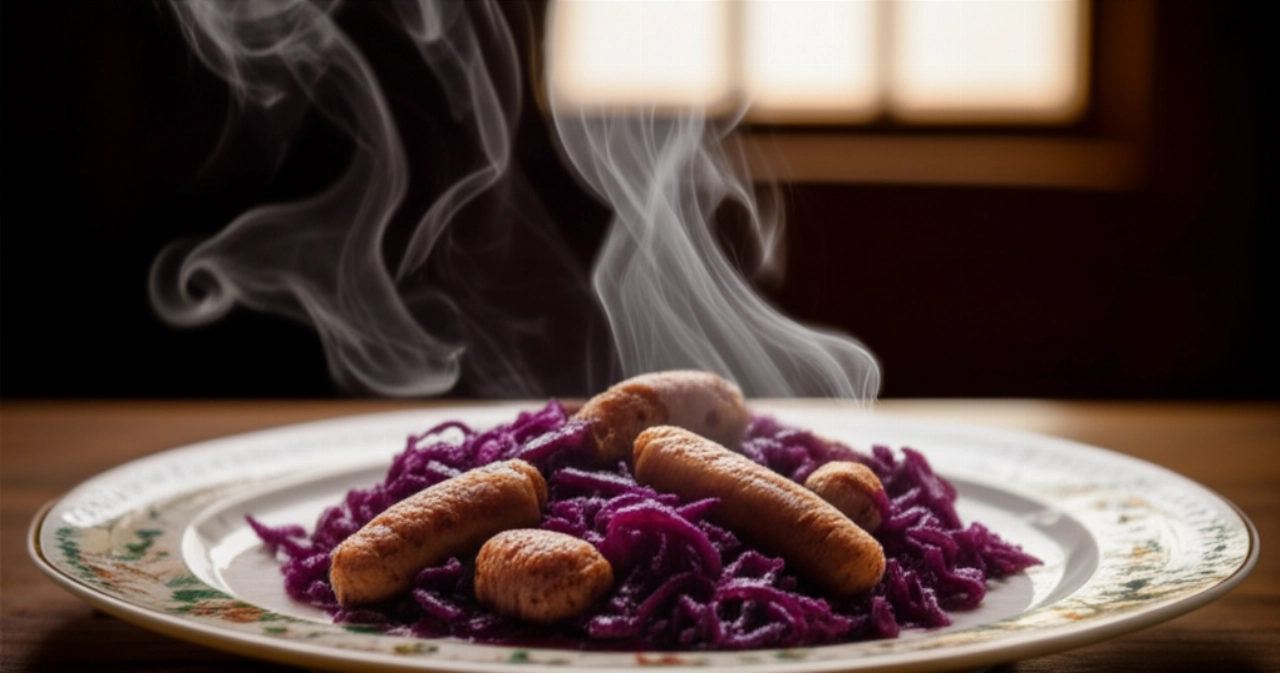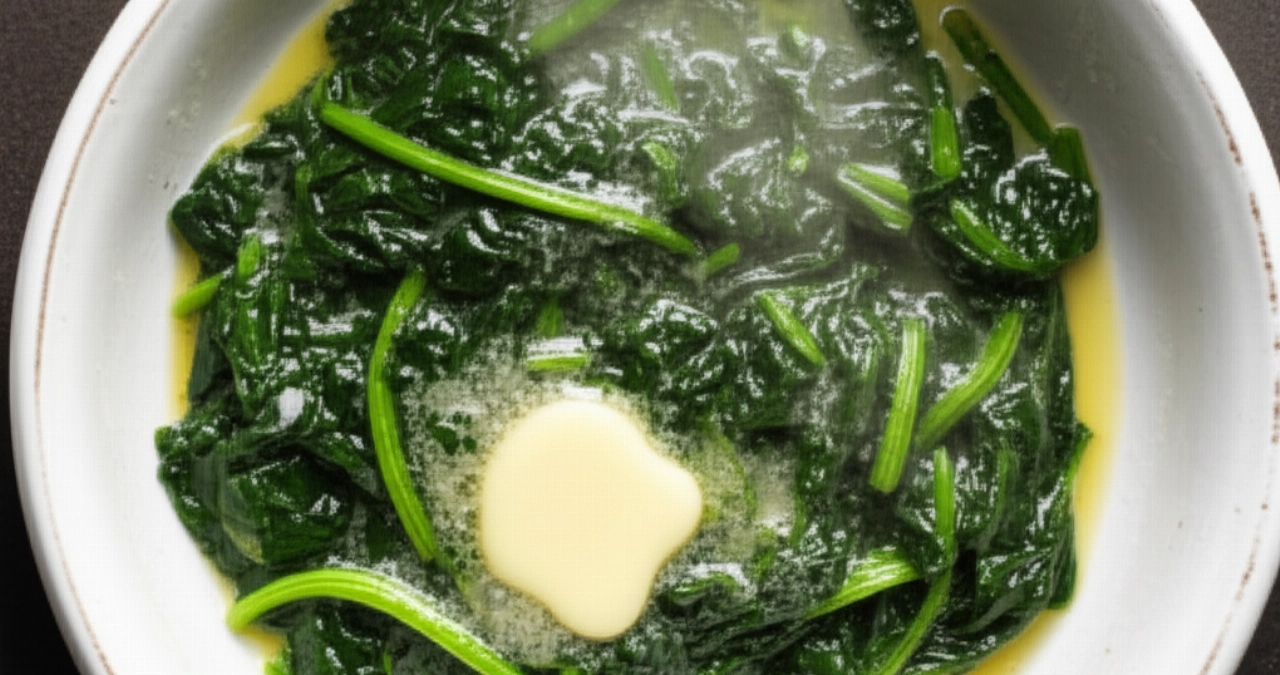Dreaming of bringing to the table a Luciana-style Octopus so tender it melts in your mouth, enveloped in a fragrant tomato sauce, capable of transporting you directly to the alleys of Naples? That unmistakable aroma that fills the kitchen, promising an authentic and unforgettable flavor?
Too often, however, octopus turns out rubbery, the sauce bland, and the fear of making a mistake holds you back from trying this Neapolitan culinary marvel. How many times have you given up for fear of wasting such a precious ingredient, or felt frustrated by unclear recipes that didn't guarantee the result?
Make yourself comfortable. Here at Search Recipes, your trusted kitchen, we won't just give you a list of ingredients. We'll reveal every single secret, every trick passed down from generation to generation, to guarantee you an impeccable, tender, and flavorful Luciana-style Octopus that will make everyone exclaim 'Wow!' with every bite. Success is guaranteed, by word of grandma and chef!
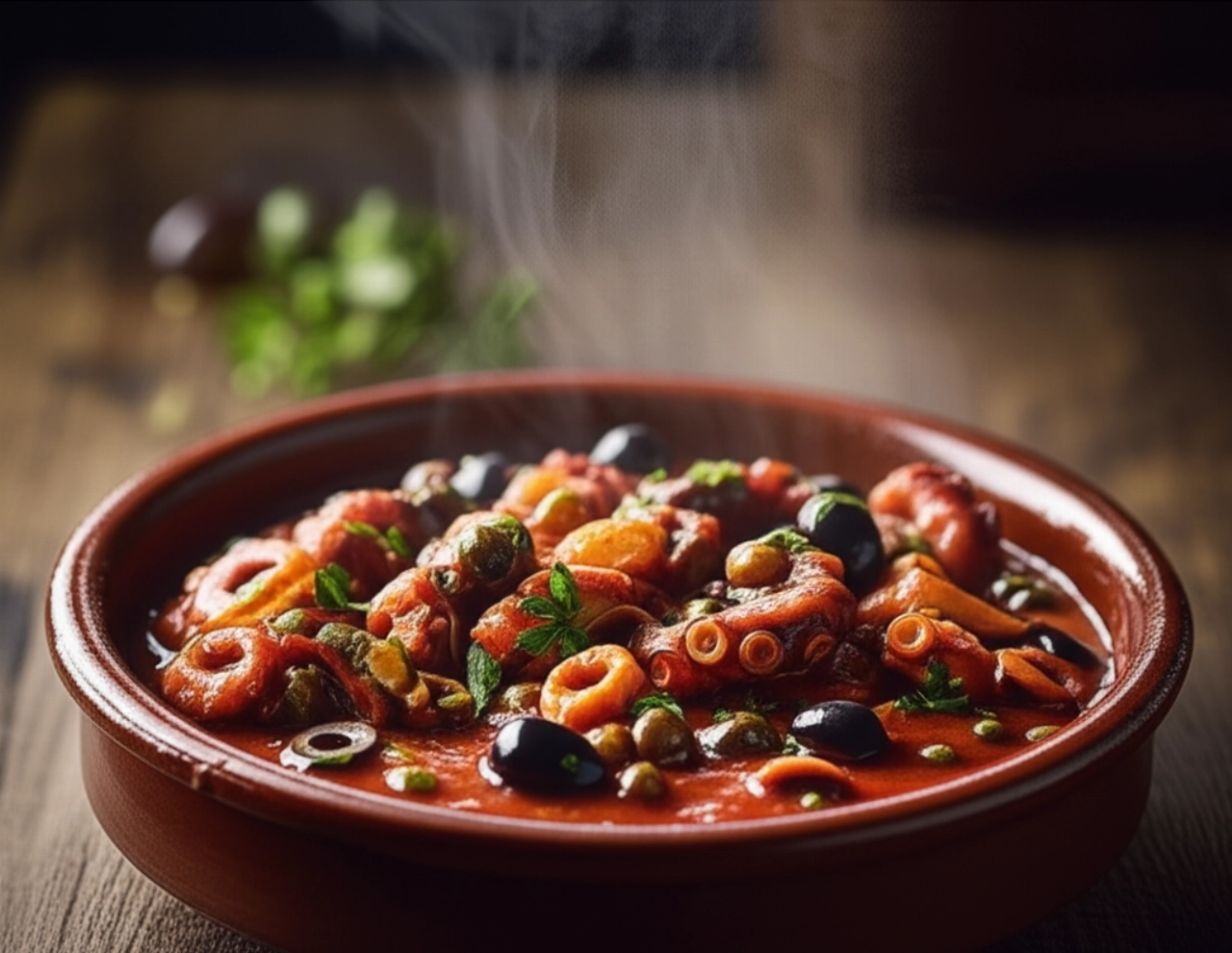
Ingredients for a Dream Luciana-Style Octopus: The Choice That Makes the Difference
The foundation of every culinary masterpiece is the ingredients. It's not just about quantity, but about quality and understanding the role of each. Here's what you need for a Luciana-style Octopus that will make you feel like you're in Naples!
- Octopus: Choose an octopus of about 1-1.2 kg. You can opt for fresh, but I'll tell you a secret: frozen octopus (then slowly thawed in the fridge) tends to be more tender. The freezing process breaks down the fibers, making it less rubbery. If using fresh, make sure it's well cleaned and lightly pound it to tenderize.
- Quality Peeled Tomatoes: 800g. Don't skimp on tomato quality! Good San Marzano peeled tomatoes or canned datterini will make a difference. They will be the base of your rich sauce.
- Gaeta Olives: 100g. These are the quintessential black olives of Campanian cuisine, small and flavorful. If you can't find them, good quality pitted black olives will do, but Gaeta olives have a unique flavor.
- Salted Capers: 2 tablespoons. Salted capers are much more flavorful than those in vinegar. Remember to rinse them very well under running water to remove excess salt.
- Garlic: 2-3 cloves. It shouldn't be too overpowering, but add depth. You can leave them whole and remove them at the end of cooking if you prefer a more delicate flavor.
- Fresh or Dried Chili Pepper: To taste. A pinch to add that lively note that never hurts, but without overdoing it.
- Dry White Wine: ½ glass. A good white wine, not too aromatic, will be used to deglaze and add complexity to the sauce.
- Extra Virgin Olive Oil: Of excellent quality, of course. It's the common thread of all Mediterranean cuisine.
- Fresh Parsley: A nice bunch. To be added only at the end of cooking, to preserve its aroma and freshness.
- Salt and Black Pepper: To taste.

3 Common Mistakes That Make Octopus Rubbery (and How to Avoid Them)
The biggest fear when cooking octopus is that it becomes tough and rubbery. But with these tips, that won't happen anymore!
- Don't “Scare” the Octopus: This is a ritual, a tradition with a purpose. Dipping the octopus three times in boiling water before the actual cooking helps the fibers contract and then relax, making it more tender. It's not a legend, try it!
- Too Fast or Too Long Cooking (and Without Control): Octopus needs its own cooking time, slow and over low heat. Too aggressive cooking will make it tough, while too prolonged cooking over high heat will make it stringy. The secret is patience and control. The fork test is your best friend: it should slide in without resistance.
- Not Choosing the Right Octopus: As mentioned, frozen octopus is often easier to manage for tenderness. If using fresh, make sure it has been well cleaned and, if necessary, lightly pound it with a meat mallet to tenderize the fibers.
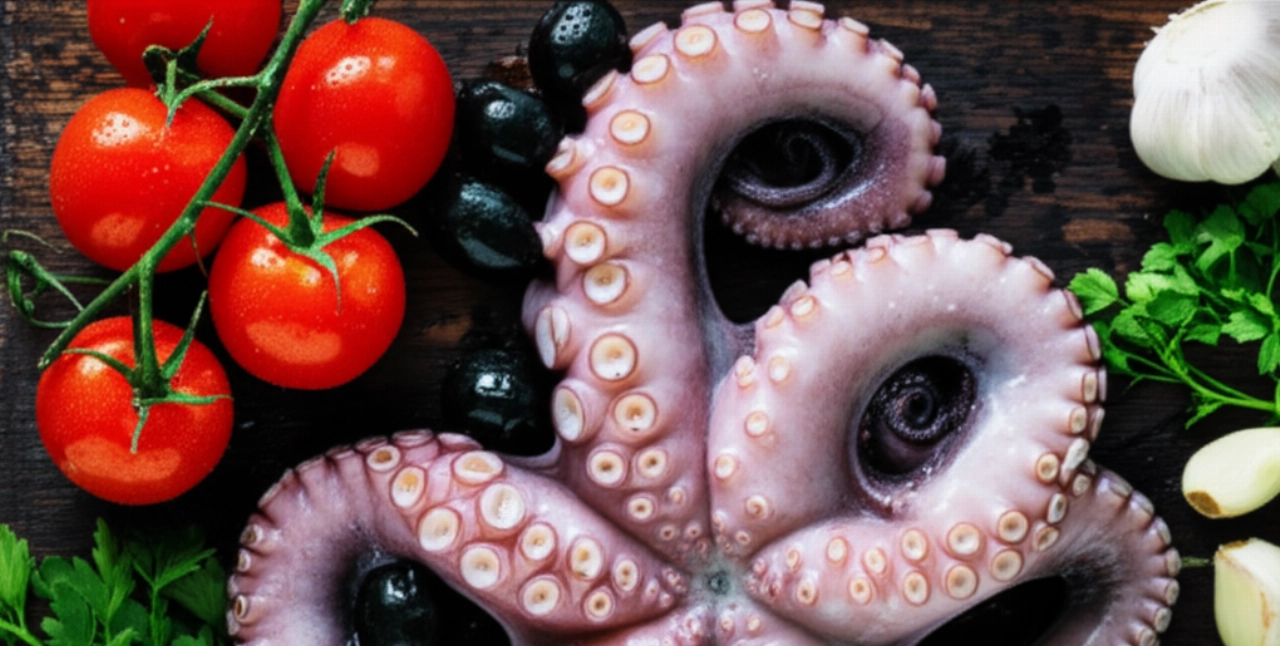
Grandma's Magic Touch: The Secret to Super Tender Octopus
My grandmother, a true Neapolitan cooking master, always said that octopus must “cry in its own sauce.” What did she mean? That the octopus, during cooking, releases an incredible amount of liquids that are a concentrate of flavor. Do not add water to the sauce, unless strictly necessary! Let it cook in its own juices, enriching the tomato with all its sea flavor.
Another trick she passed down to me is that of the cork stopper. Many consider it a legend, but she always put it in the pot with the octopus. It is said to help maintain a more constant and gentle boiling temperature, promoting uniform cooking and greater tenderness. Whether it's science or magic, it always worked for her!
Let's Prepare Luciana-Style Octopus Together: The Step-by-Step Guide
Now that we have all the secrets, let's get cooking! Follow these steps and success will be guaranteed.
- Prepare the Octopus: If you have a fresh octopus, clean it thoroughly: remove the eyes, the central beak (located at the base of the tentacles), and the entrails from the sac. Rinse it very well under cold running water. If it's frozen, let it thaw slowly in the refrigerator for at least 24 hours.
- “Scare” the Octopus: Bring plenty of water to a boil in a large pot. When it's boiling vigorously, dip and lift the octopus 3 times, holding it by the head. You'll see the tentacles curl up. This step is crucial for tenderness!
- Start the Soffritto: In a large pot (preferably earthenware or with a thick bottom), pour a generous amount of extra virgin olive oil. Add the whole garlic cloves (or minced, if you prefer a more intense flavor) and the chili pepper. Sauté gently until the garlic is golden and fragrant.
- Add the Octopus and Deglaze: Gently place the octopus in the pot. Brown it for a few minutes on all sides, until it has taken on a nice color. At this point, deglaze with white wine, letting the alcoholic part evaporate completely.
- The Enveloping Sauce: Add the peeled tomatoes (lightly crush them with a fork or your hands), the Gaeta olives, and the well-rinsed capers. Season with salt and pepper. If you wish, you can add the cork stopper.
- Slow and Loving Cooking: Cover the pot with a lid and lower the heat to a minimum. Luciana-style octopus requires slow and gentle cooking, which can vary from 45 minutes to 1 and a half hours, depending on the size of the octopus. Check for doneness with a fork: it should slide into the tentacles without any resistance. If the sauce dries out too much (but it shouldn't, if the octopus 'cries'), you can add a ladleful of hot water.
- The Final Touch: Once cooked, turn off the heat. Let the octopus rest in its sauce for at least 10-15 minutes, with the lid on. This allows the flavors to meld and the octopus to absorb even more moisture. Before serving, generously sprinkle with fresh chopped parsley.
Tips and Frequently Asked Questions about Luciana-Style Octopus
We've gathered the most common questions to clear up any doubts and guarantee you an impeccable result.
Can I only use frozen octopus?
Absolutely yes! In fact, as mentioned, frozen octopus is often preferable due to its natural tendency to become more tender thanks to the freezing process that breaks down the fibers. Just make sure to thaw it slowly in the refrigerator before use.
How long should the octopus cook?
Cooking time largely depends on the size of the octopus. For an octopus weighing 1-1.2 kg, cooking can vary from 45 minutes to 1 and a half hours. The secret isn't the precise time, but the fork test: when the fork slides into the tentacles without resistance, the octopus is ready. Don't rush it!
Can I prepare Luciana-Style Octopus in advance?
Yes, and it's an excellent choice! Luciana-Style Octopus, like many traditional dishes, is even better the next day. The flavors have time to meld and intensify. You can prepare it the day before, store it in the refrigerator, and gently reheat it before serving.
Why did my octopus turn out rubbery?
The most common causes are cooking too quickly over high heat, insufficient cooking, or not having "scared" the octopus at the beginning. Make sure to carefully follow the slow and controlled cooking steps, and don't skip the ritual of dipping it in boiling water.
What can I serve with Luciana-Style Octopus?
Traditionally, Luciana-Style Octopus is enjoyed with simple toasted bread croutons, perfect for "mopping up" the delicious sauce. Also excellent with boiled potatoes or creamy mashed potatoes, which will absorb the flavor of the sauce.
There you have it! Now you no longer just have a recipe, but all the secrets to bring to the table a dish that tastes of home, tradition, and love. A true journey into the heart of Neapolitan cuisine, right in your kitchen.
Now you have all the tools to prepare a Luciana-Style Octopus that will leave everyone speechless. Don't worry, follow our tips and success will be guaranteed. Cooking is an act of love, and you are the protagonist!
Have you tried our recipe? We're curious to see your masterpiece! Leave a comment below, tell us how it went, or share a photo on Instagram tagging @SearchRecipes. If you loved this recipe, you can't miss our guide on How to Clean Octopus Perfectly or the recipe for an ideal side dish like Crispy Roasted Potatoes.


